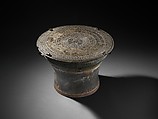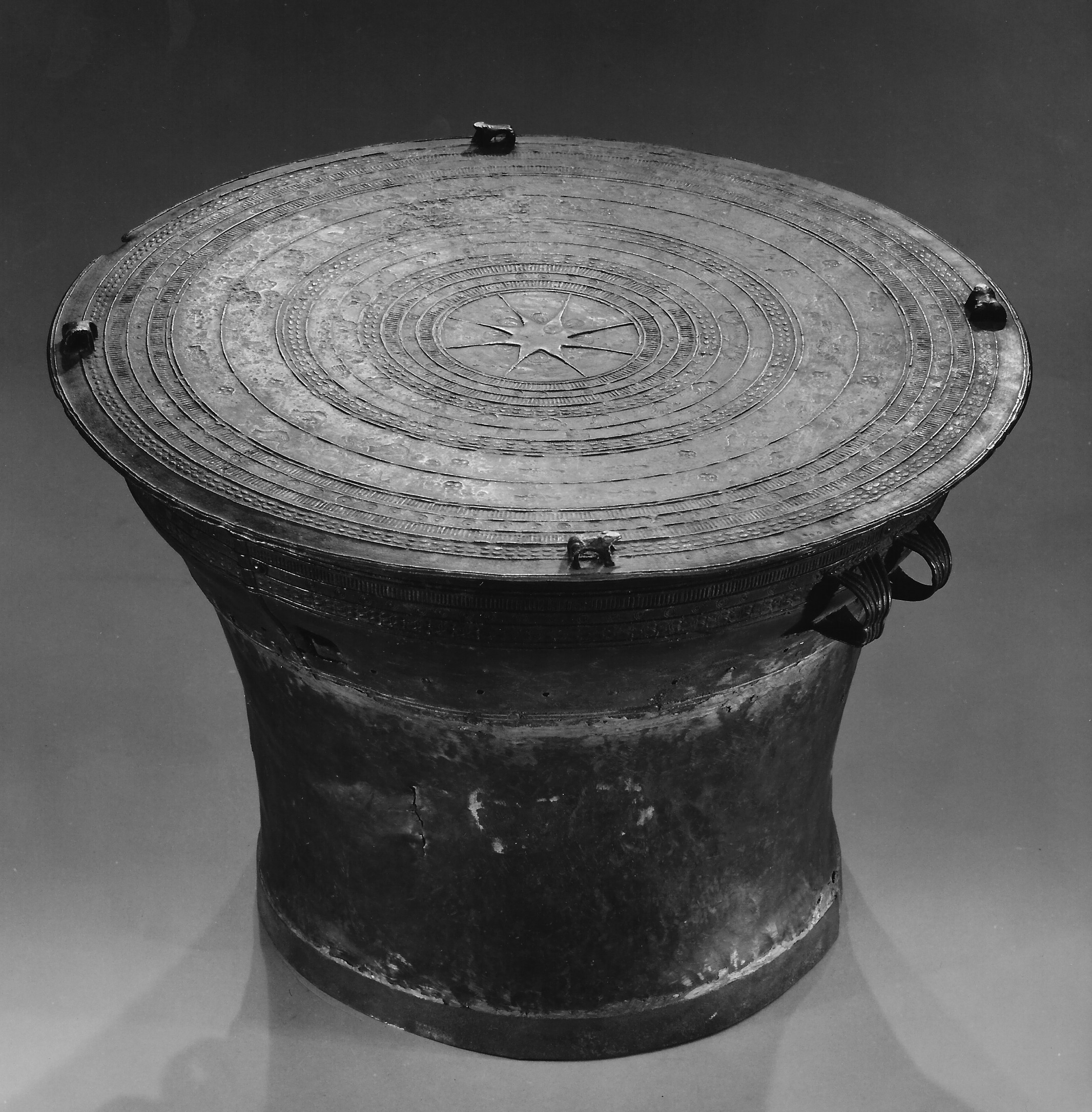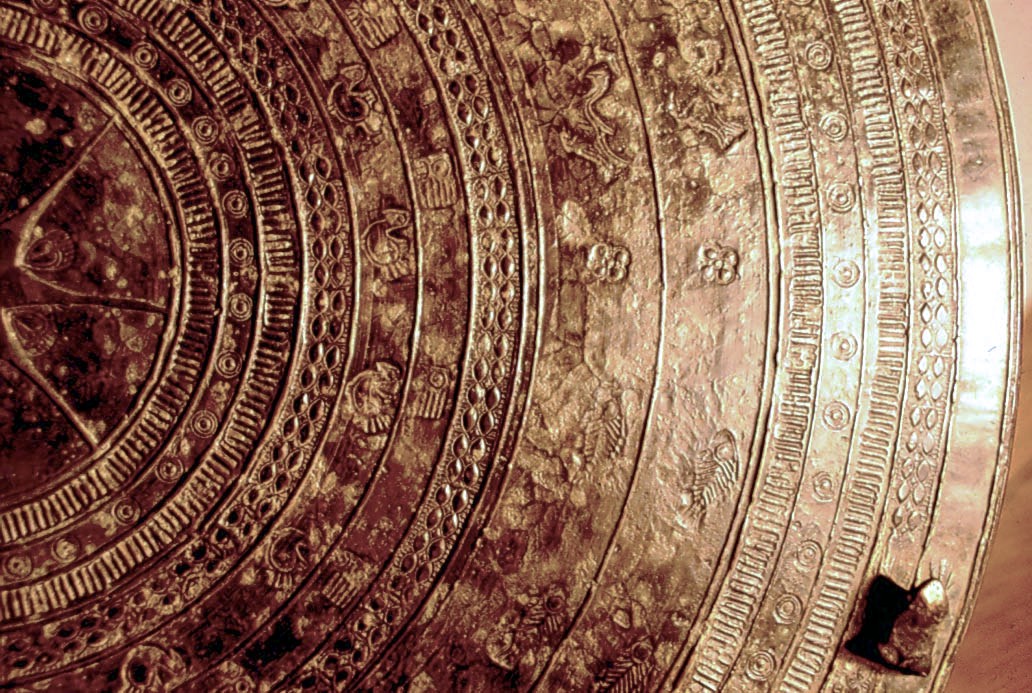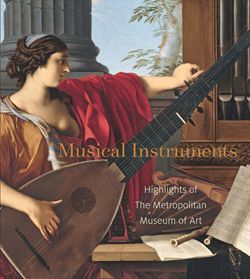Mahōra Thuk (กลองมโหระทึก)
Bronze drums, which have been unearthed throughout Southeast Asia and parts of southern China, represent one of the oldest continuous musical traditions. These beautifully decorated instruments are made in sections by the lost-wax casting method and topped by a bronze tympanum instead of a skin head. The most ancient examples date from the Bronze Age Đông Sõn culture (late fourth century B.C.E.) in present day northern Vietnam; they were used in and buried during funerary rituals. It is believed that some were tuned and used in ensembles. Even today the drums, known by various names, play an important role in the cultural life of the Karen people in Burma and Thailand and fo other groups in Guangzi and Yunnan, China.
The drum's flat tympanum is commonly decorated with a central star encircled by concentric bands filled with stylized animals, domestic scenes, or geometric motifs. The Karen are animists and believe that the drums' sound placates mountain spirits (nats), who then bring good fortune. The drums are also used to summon ancestors to aid the living, as well as to bring rain, as indicated by the frogs depicted on the cardinal points of many tympana. Scholars debate the drums' significance and importance but agree that they provide a window into the technology, customs, and beliefs of ancient Southeast Asia.
Description: bronze shell with curved sides flaring toward open end, pair of simple longitudinally ridged handles on opposite sides; flat, circular head decorated with star in center (butterfly motif between stars points) enclosed by series of concentric bands with geometric and zoomorphic designs in low relief, repeated on upper part of sides, four applied frogs around rim. (J. Kenneth Moore, 2015)
Due to rights restrictions, this image cannot be enlarged, viewed at full screen, or downloaded.
This artwork is meant to be viewed from right to left. Scroll left to view more.





